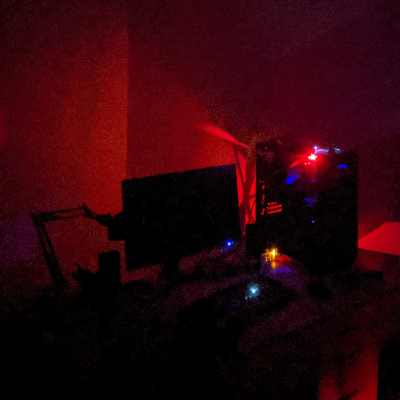I’m looking for a radio alarm clock project that I could do with a Raspberry Pi or a NodeMCU (ESP32/ESP8266), a small LCD screen and a small speaker.
Do you have any ideas? Does it exist? If not, how should I approach the project? Any advice on speakers for the Raspberry Pi?
Depends on your needs. My solution to this problem was buying a cheap DAB+ radio, hooking it up to an amplifier that I pulled out of a dumpster a while ago and drive two bookshelf speakers with that. All this is hooked up to a simple timer switch. Great sound and can go freaking loud.
You could go a step further and use a wifi switch, with that you could change the “alarm times” and for how long it should stay on right from your phone.
Shelly does have some nice options for wifi relay switches
It’s probably also worth noting that pretty much all of these WiFi switches rely on their manufacturer’s servers to keep working. If that company goes belly up or simply decides it no longer wants to pay to keep these devices functional, the switch becomes a paperweight.
You are right, it is a big issue, especially with all those tuya variants. Which is exactly why I recommended shelly. :)
The shellys do come with an embedded web server to access it’s features locally, even MQTT is possible in the dedault firmware. And if you truly dislike propietary software/firmware it is also possible to upload your own firmwares (tasmota or esphome) without any soldering needed
Not if you’re willing to flash your own firmware, what is often possible: https://tasmota.github.io/docs/ (and others)
Most of the time it requires opening the switch and connecting to the serial port that’s inside more or less exposed. Nothing especially difficult, but can be a little intimidating at first. It’s not easy to fail, though, and those switches are so cheap that even if you manage to break it somehow then the loss is not great.



